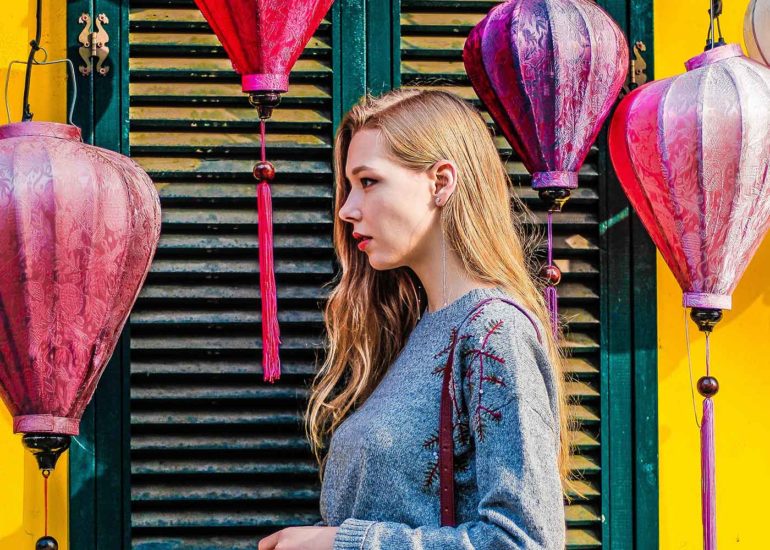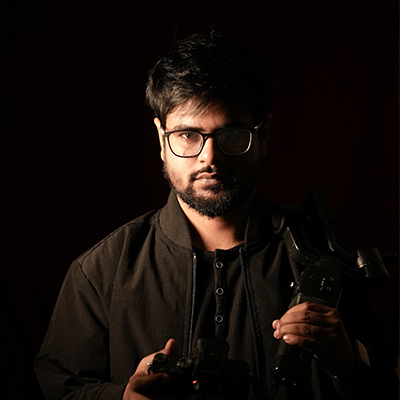
You’ve seen side lighting in movies—why do people use side lighting in movies? Think of a hero’s face half-lit in a dim room or a villain’s shadow stretching across a wall. For me, side lighting isn’t just pretty—it’s psychology. Here’s how it works and why do people use side lighting in movies to create a real, three-dimensional look.
In my documentary [Film Title], I used a simple lamp to the left of my subject. The light hits from the side rather than the front, creating distinct shadows on cheeks, noses, and jawlines. This technique explains why do people use side lighting in movies: it sculpts faces, making them appear more tangible without fancy gear.
Tip: Try filming near a window. Notice how the face gains dramatic depth when lit from the side.
In my short film [Film Title], I illuminated the protagonist from the right. One side of her face was bright, symbolizing hope and honesty, while the shadowed side suggested secrets and fear. This contrast is a common reason why do people use side lighting in movies—to visually represent a character’s inner conflict.
Example: Think of The Dark Knight’s Joker, whose half-lit face conveys unpredictability and duality.
Low-budget films benefit from side lighting. When I film against a plain wall, a lamp on the side creates dramatic shadows that mask any uninteresting background details. This practical use of side lighting helps keep the focus on the subject rather than revealing a cheap set.
In real life, light rarely falls evenly. Consider how a sunset lights only one side of a face or how campfires glow on one half of a body. This natural effect is why do people use side lighting in movies—it makes the scene feel authentic rather than overly staged.
Pro Tip: For interviews, place a lamp just off-frame to mimic sunlight streaming through a window.
Even with a limited budget, you can achieve this look. I teach my students a simple method:
Works every time!
Side lighting has always been my go-to for dramatic scenes, YouTube tutorials, and even wedding films. It isn’t about the tool—it’s about evoking the right emotion and making the subject feel real. So next time you wonder why do people use side lighting in movies, grab a lamp, experiment with the angle, and watch the magic unfold.
